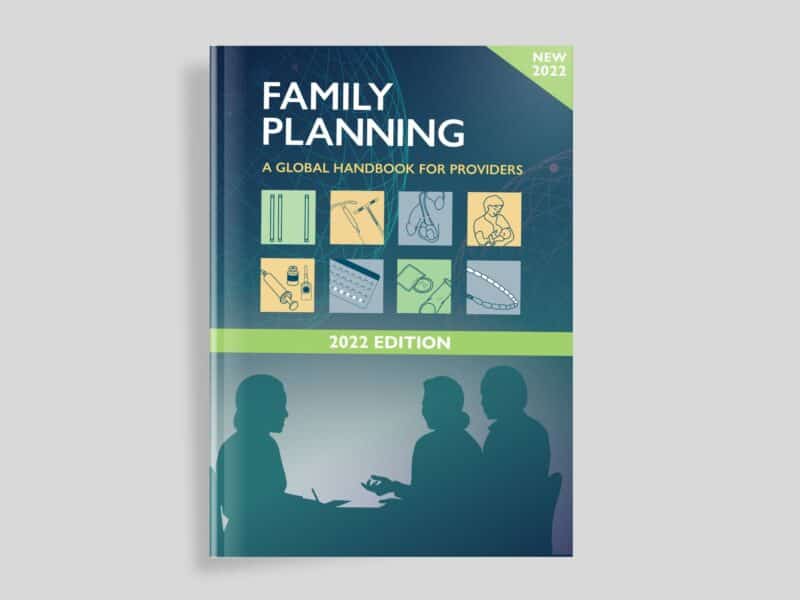New data from the COVID Behaviors Dashboard, developed by the Johns Hopkins Center for Communication Programs, show that 82 percent of those who remain unvaccinated against COVID-19 in the United States have little or no interest in ever getting a vaccine.
The findings, collected from more than one million people surveyed in the United States in September, suggest that many Americans have made up their minds, leaving them and those around them at higher risk of dying from COVID-19, which has killed more than 734,000 people in the U.S. since March 2020.
“This tells us that the initial messaging effectively reached a wide portion of the population but now messages need to become more nuanced,” says Dominick Shattuck, PhD, CCP’s director of monitoring evaluation and learning and one of the leaders of the COVID behaviors project.
“While we have focused on different messages for different demographic subgroups such as race or age or gender, we’re not messaging COVID-prevention measures or vaccines to different ideological subgroups. The ideological subgroups cut across demographic subgroups, which results in the need for highly tailored messaging. These data show we must start doing that now.”
The interactive dashboard is the product of a collaboration among CCP, the World Health Organization’s Global Outbreak Alert and Response Network and Facebook. The data are generated from the COVID-19 Trends and Impact Survey, which is administered in the United States by the Delphi Group at Carnegie Mellon University and in other countries by the University of Maryland Social Data Science Center.
The survey is believed to be the world’s largest daily assessments of global COVID knowledge, attitudes and practices.
Carnegie Mellon and the University of Maryland collect the survey data from a random sample of Facebook users and CCP analyzes the responses. Since May 20, the survey has collected responses from nearly 18 million people in 228 countries.
The newest subnational data provides not just country-level information, but information that digs deeper into data at the state, province or regional level in 71 countries where enough responses were gathered. For example, in the U.S., there is data on vaccine uptake, prevention behaviors, social norms and more from each of the 50 states and the District of Columbia.
These new data will allow public health professionals and governments to get an even more in-depth understanding of COVID-19-related behaviors and attitudes in smaller pockets of their countries. With this information, they can tailor their outreach and messaging to better meet the needs of their citizens to reduce the spread of the virus.
In the United States, the survey finds that different states tell different stories about COVID-related prevention measures. In Idaho, where 48 percent of people are fully vaccinated, 87 percent of the remaining unvaccinated people surveyed said they are not planning to get a COVID shot.
In Vermont, where 71 percent of eligible people have been fully vaccinated, 88 percent of the remaining unvaccinated people surveyed also said they wouldn’t get COVID shots, but there are far fewer people who remain unvaccinated there.
These stark differences are playing out in the number of COVID cases reported in each state. The seven-day average number of COVID cases is 209 in Vermont and 1,177 in Idaho, with the daily rate of new COVID-19 cases per 100,000 people at 33 and 65, respectively.
The dashboard also explores the link between whether people believe vaccination is the norm in their state – often a sign of willingness to be vaccinated – and actual vaccination rates. In states with high vaccination rates such as Maryland and Massachusetts, nearly 80 percent of people there say vaccination is a social norm. In states with low vaccination rates, such as Wyoming, Alabama and Mississippi, fewer than 50 percent of respondents said they thought vaccination was the norm.
In the United States, overall, about 63 percent of people reported wearing masks in the prior week. Again, vast differences can be found depending on whether people live in high-vaccinating states or low. In Hawaii, Washington and Oregon, where vaccination rates are higher, more than 80 percent of people say they are still regularly wearing masks. In many states where vaccination rates are lower, such as Wyoming and the Dakotas, fewer than 40 percent of people there reported wearing masks in the previous seven days.
“Understanding the granularity of data within a country is crucial to contextualizing messages that will change behavior,” says CCP’s Director of Digital Strategy Marla Shaivitz, a co-leader of the project. “Because, as we know in the U.S., what works in Maryland will be different than what works in Idaho.”
In Indonesia, the fourth most populous nation in the world, the story isn’t about who wants to get vaccinated but instead how unvaccinated people can get access to vaccines. Just under one-quarter of Indonesians are fully vaccinated, but the new dashboard data show that 65 percent of those who haven’t been vaccinated yet definitely or probably will get the vaccines.
Digging deeper into the province-level data shows that the country’s large population centers – the provinces where Jakarta (the capital) and Bali (a huge tourist destination) are located – have the highest rates of vaccination and some of the highest intentions to get vaccines.
Those who work in Indonesia say they that while there are a few provinces where there is higher vaccine hesitancy, there also appears to be an issue of getting access to vaccines in some of the hardest-to-reach provinces.
Still, messaging is key in Indonesia to help people gain access to vaccines – and to address any hesitancy issues.
Since its launch last month, the COVID Behaviors Dashboard has been visited more than 20,000 times, with health officials, NGOs, researchers and more from 179 countries reviewing the data.





